Even though Kőbánya makes most people think of panel housing estates and old, abandoned factories first, this is one of the greenest districts of Budapest. It also gives home to the geometrical center of the capital, and what’s even more surprising: the highest point of Óhegy park is almost at the same altitude as Gellérthegy. In our new series titled Trip Vibes, we not only recommend cool scenes in the countryside, but exciting parts of Budapest, too, where one can find unexpected and beautiful spots and interesting places. Here are five reasons why you should visit District X of Budapest by all means!
In our “Trip Vibes” series, we also invite a creative expert connected to the spot presented in one way or another to share their thoughts about the given place, allowing our readers to explore the selected spots through their perspectives, too. In relation to Kőbánya we asked illustrator-animator Róbert Farkas, aka Astronaut, the author of the Clever Fox’s Tales children book series.
1. Tchaikovsky Park
The park decorated with statues of famous composers used to be the private garden of Havas Villa (later known as Dreher Villa) built in 1856, currently visible in a ruined condition, and separated from the green areas with a concrete fence. The classicist building owned by a cognac-, and later on beer factory owner was continuously expanded and improved over the years: until World War II, it was reserved for the chief director of Dreher Beer Factories as may be changed from time to time. After the war, the villa was nationalized and it used to serve as the base of the Worker’s Guard, while the garden of the castle was declared a public park. First it was named Kőbányai Ifjúsági Park (Kőbánya Youth Park), and in 1963 its name was changed to Tchaikovsky Park and is known as such unto this day. Many locals like to walk around between statues of Ferenc Liszt, Berlioz, Chopin and Tchaikovskyon a daily basis – on top, many benches, ping-pong tables and football courts are available to the residents of the area.
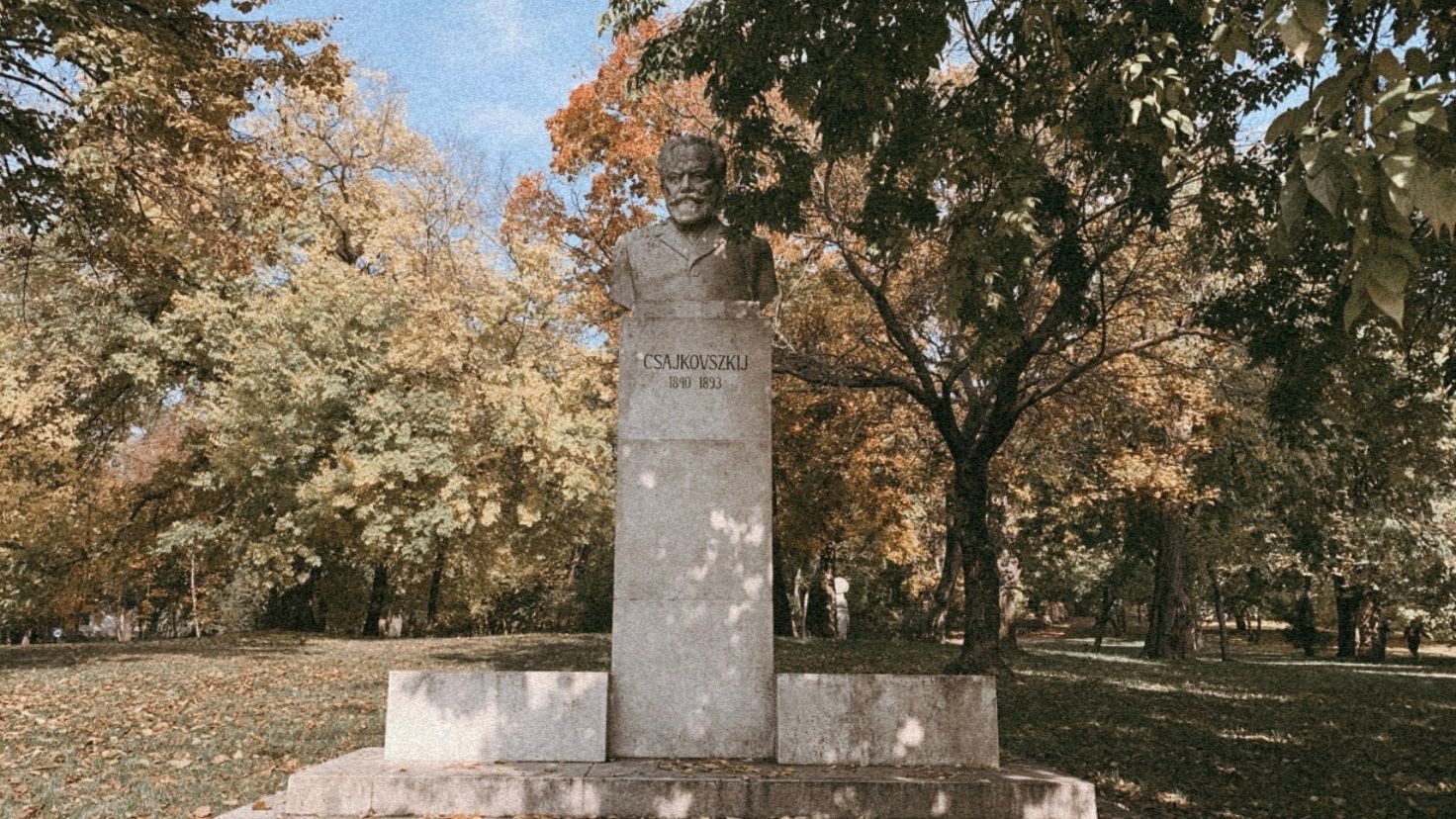
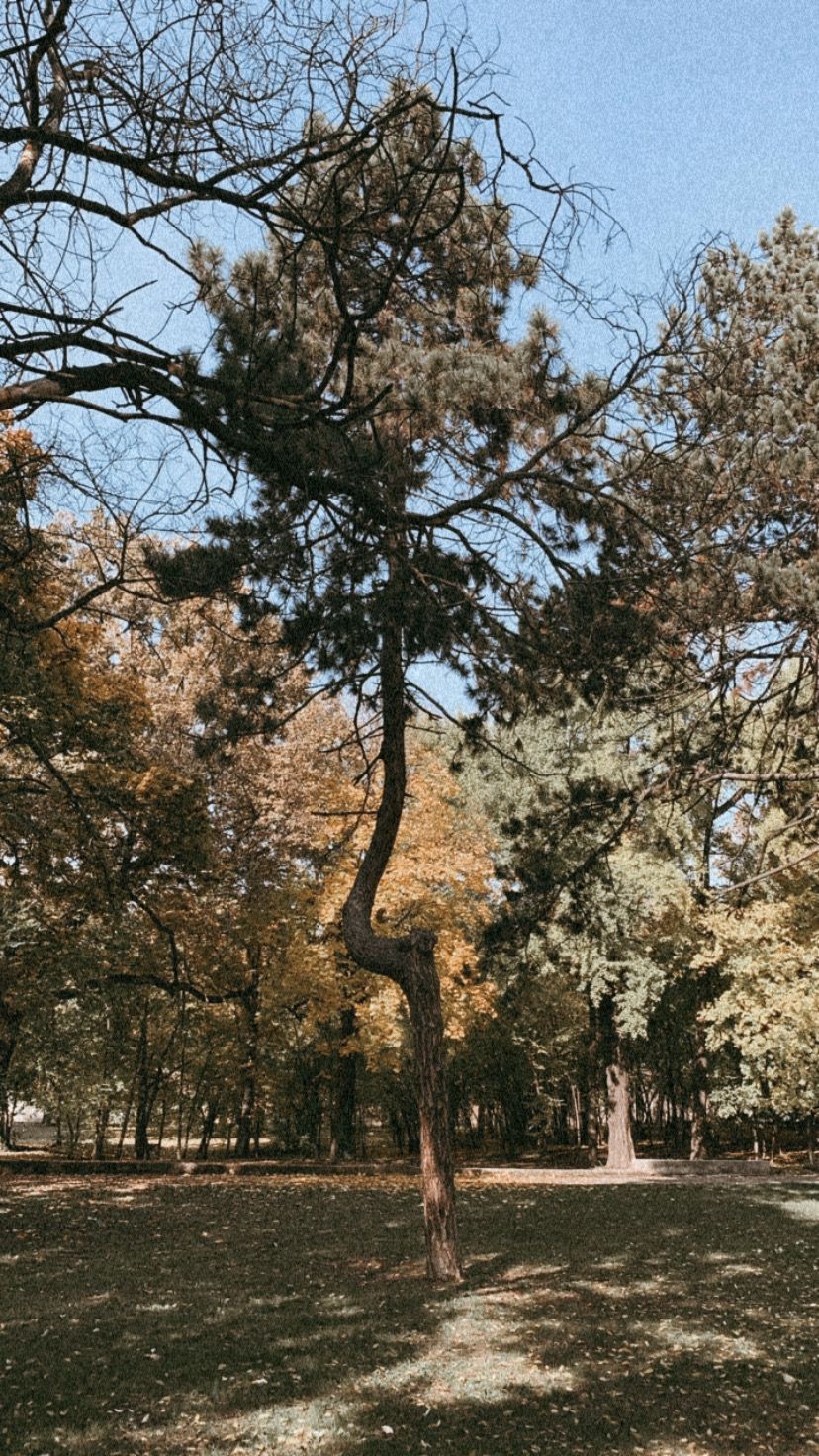
Even though Kőbánya was once considered an outer district, with the establishment of the so-called ‘Big Budapest’, the center of the city moved to District X in 1950 – exactly one street away from Tchaikovskypark, to Martinovics tér, where the Museum of Firefighting is also located.
2. Conti Chapel
Perhaps our favorite way to get a glimpse of this small, solemn chapel built by Italian-born stone carver Antal Lipót Conti and his wife Krisztina Drenker between 1739 and 1740 in memory of surviving the plague from Kelemen utca, by breathing in the smell of bakery products of László Bakery. This is still one of the most beautiful and oldest monuments of the district. The chapel currently belongs to the Greek Catholic church at Rózsák tere, and is subject to international cultural protection.
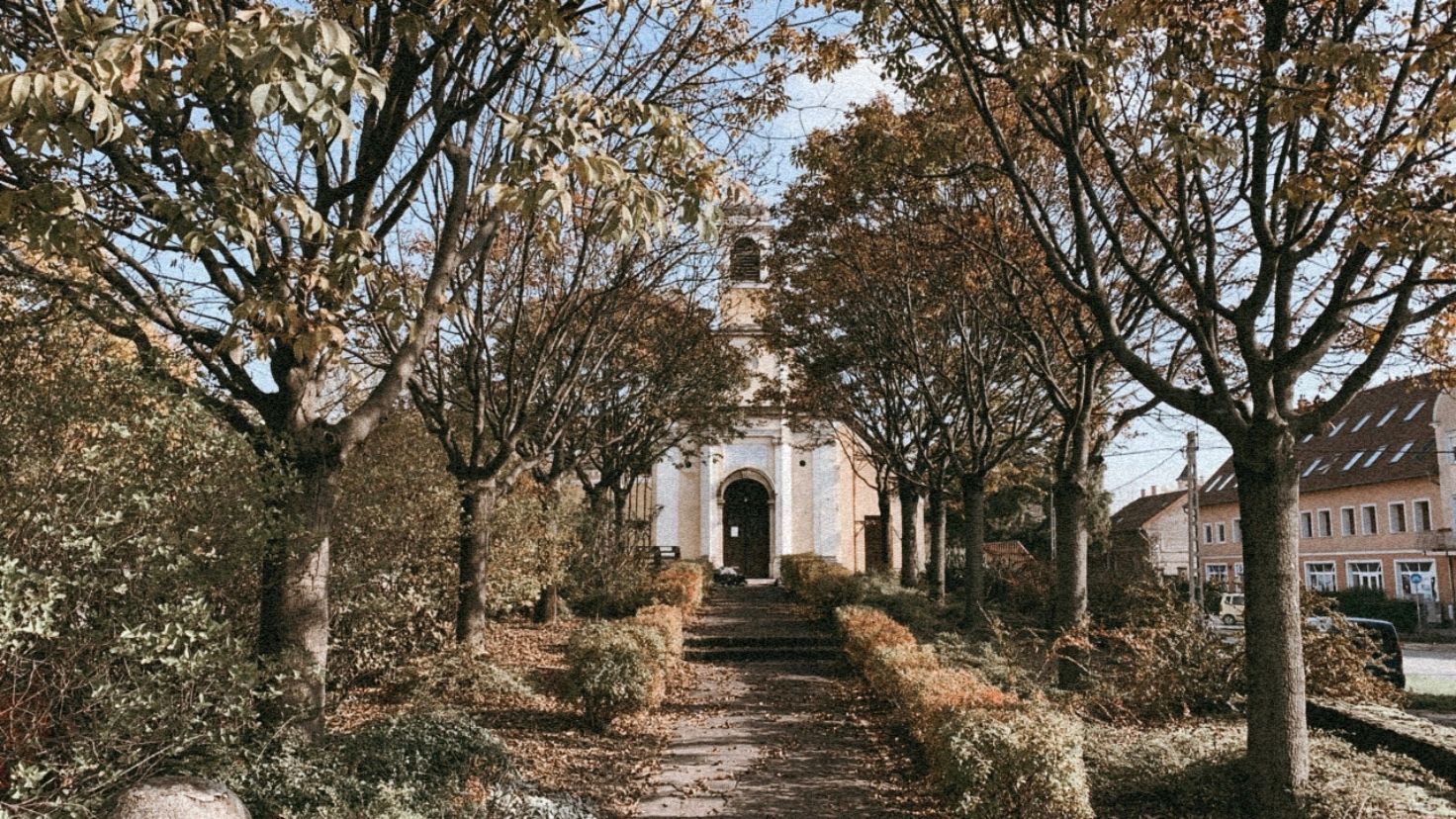
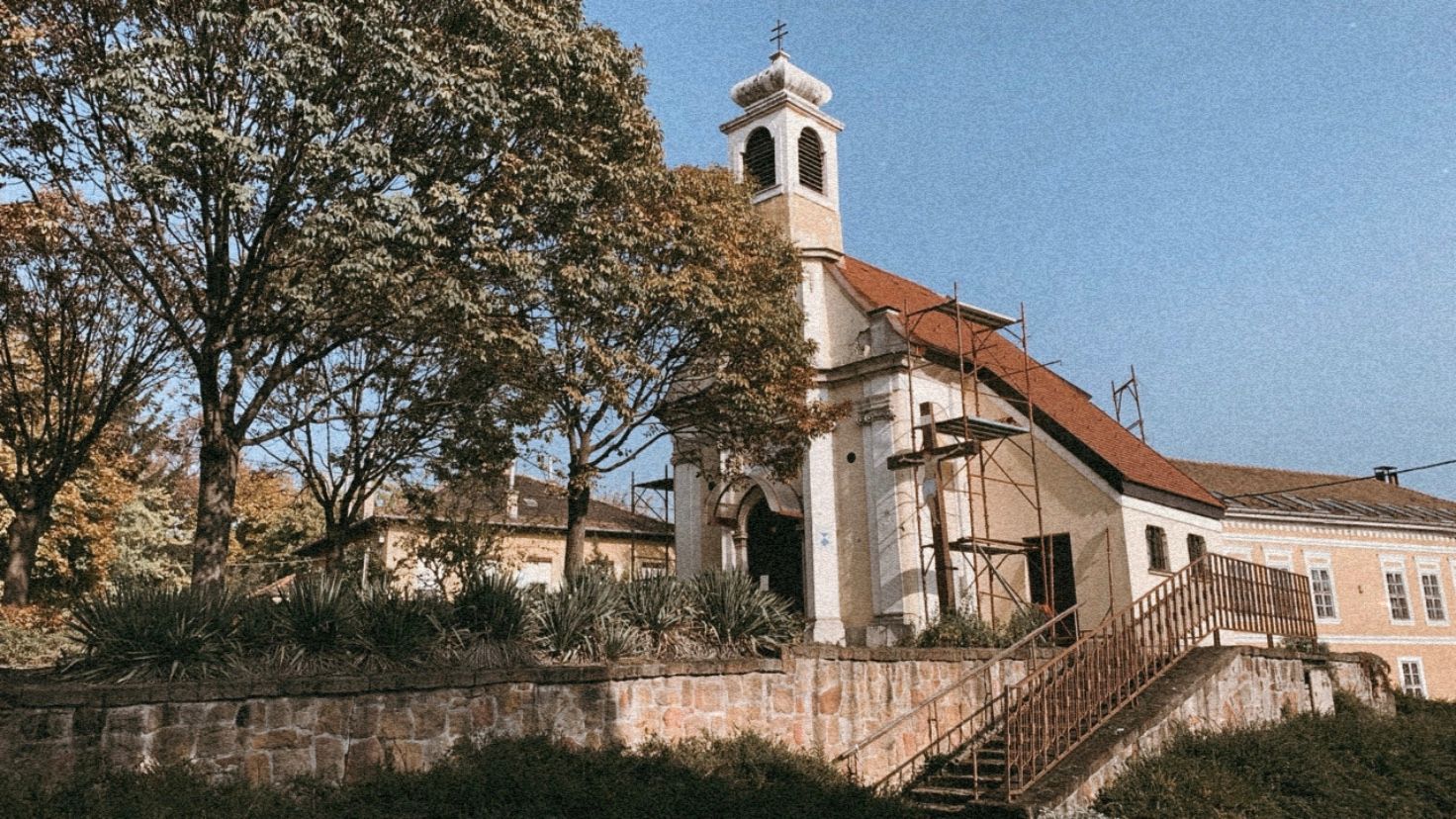
3. Óhegy park
Everyone can find a leisure activity of their liking in the large public park situated in the quarter of Kőbánya Óhegy – a great running track, professional ping-pong tables, a basketball field, miniature driving field, outdoor training park, arboretum and several freshly renovated playgrounds welcome visitors. The highest point of Óhegy park is at 148 meters, which is almost at the same altitude as Gellérthegy. This area is marked by a round spot covered in concrete, with stairs leading up to it. On August 20, huge crowds gather here every year, as it is a great spot for watching the fireworks.
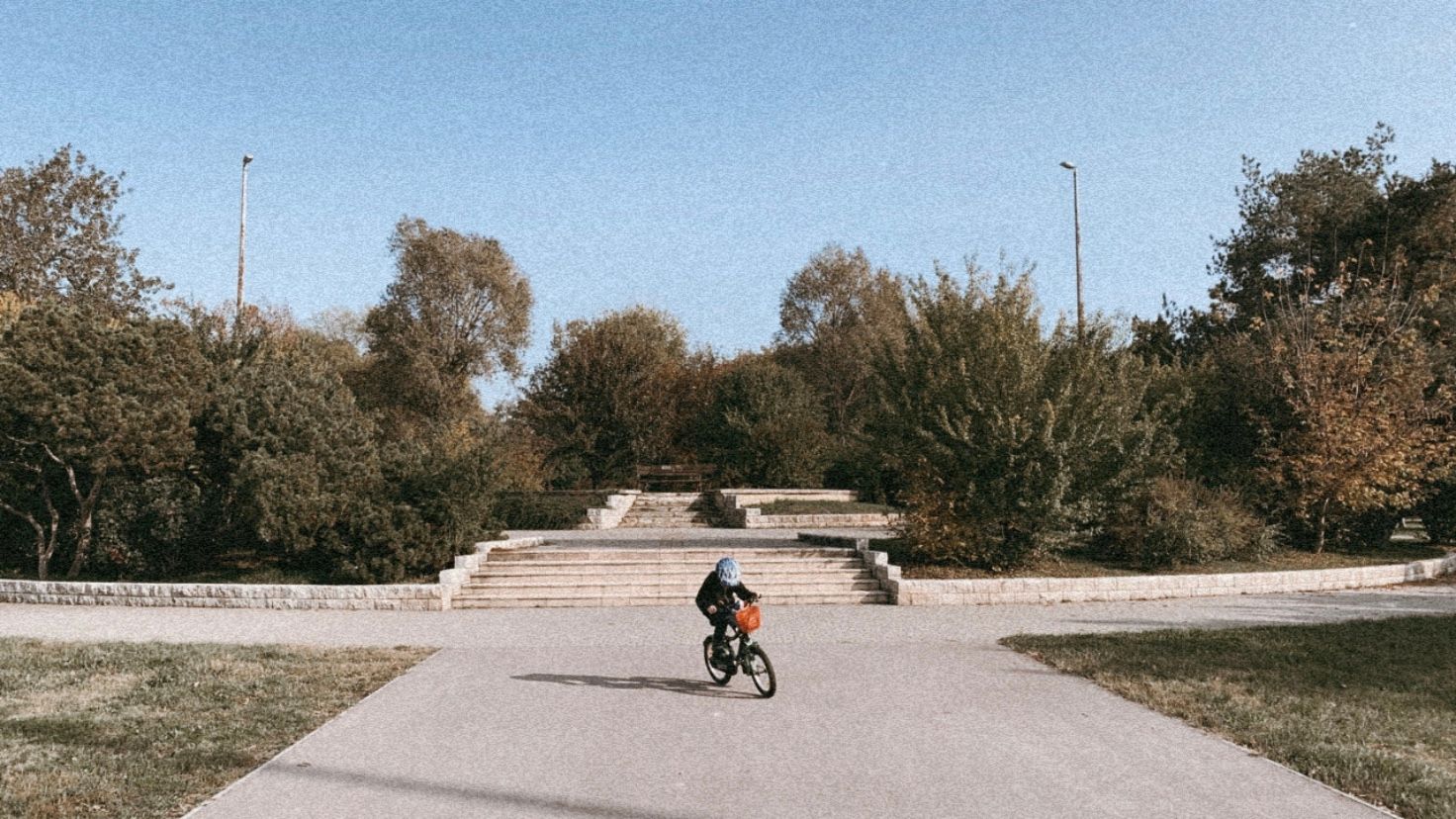
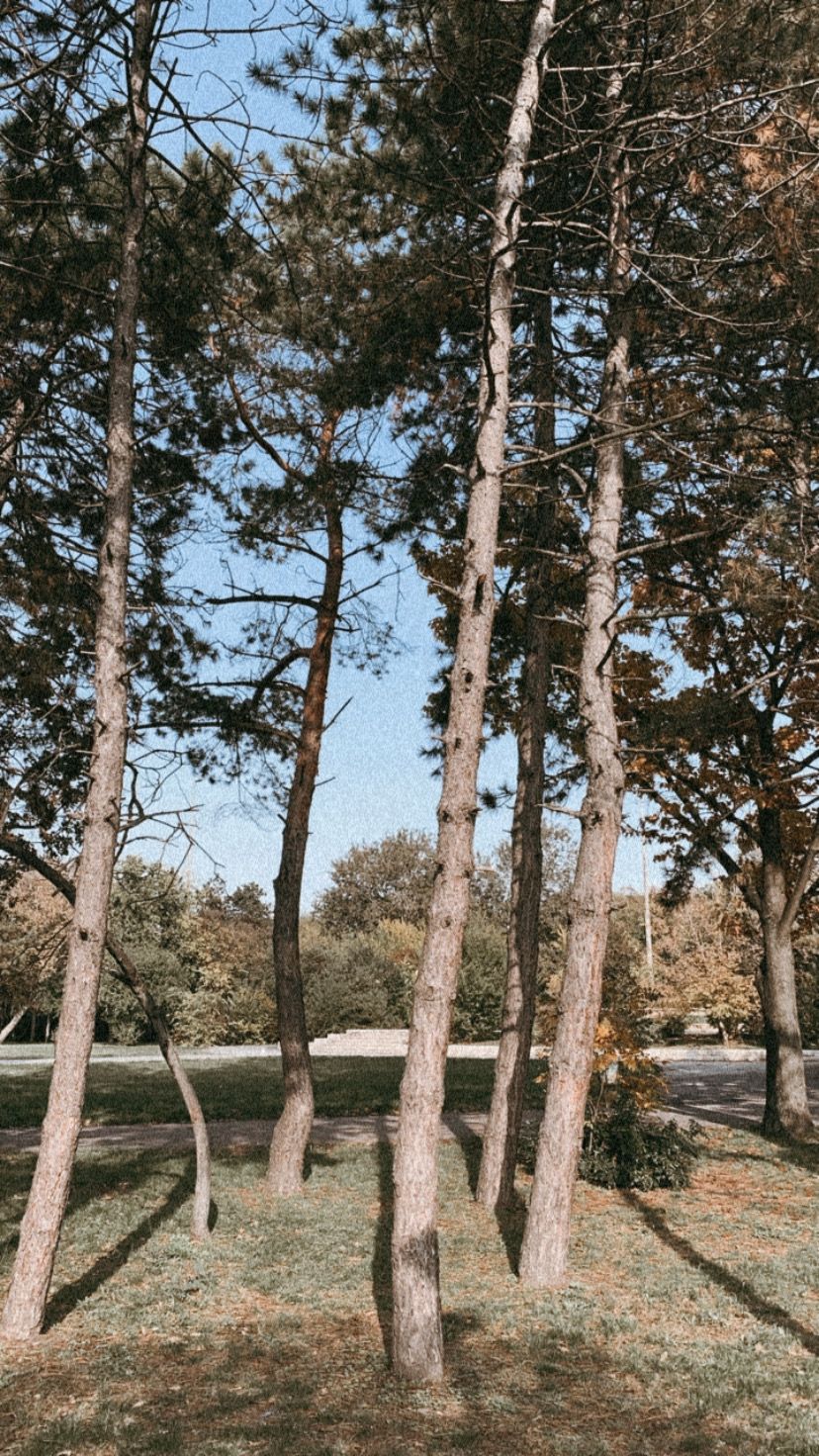
4. Csősztorony
In addition to quarrying, brick-making and wine-growing also flourished in Kőbánya in the 19th century. 80% of former vineyards of Pest could be found on the two wine producing areas of Kőbánya, on Óhegy and Újhegy. The romantic Csősztorony built in Óhegy stands to commemorate this era. Today, the building gives home to a cool restaurant and an ice-cream place.
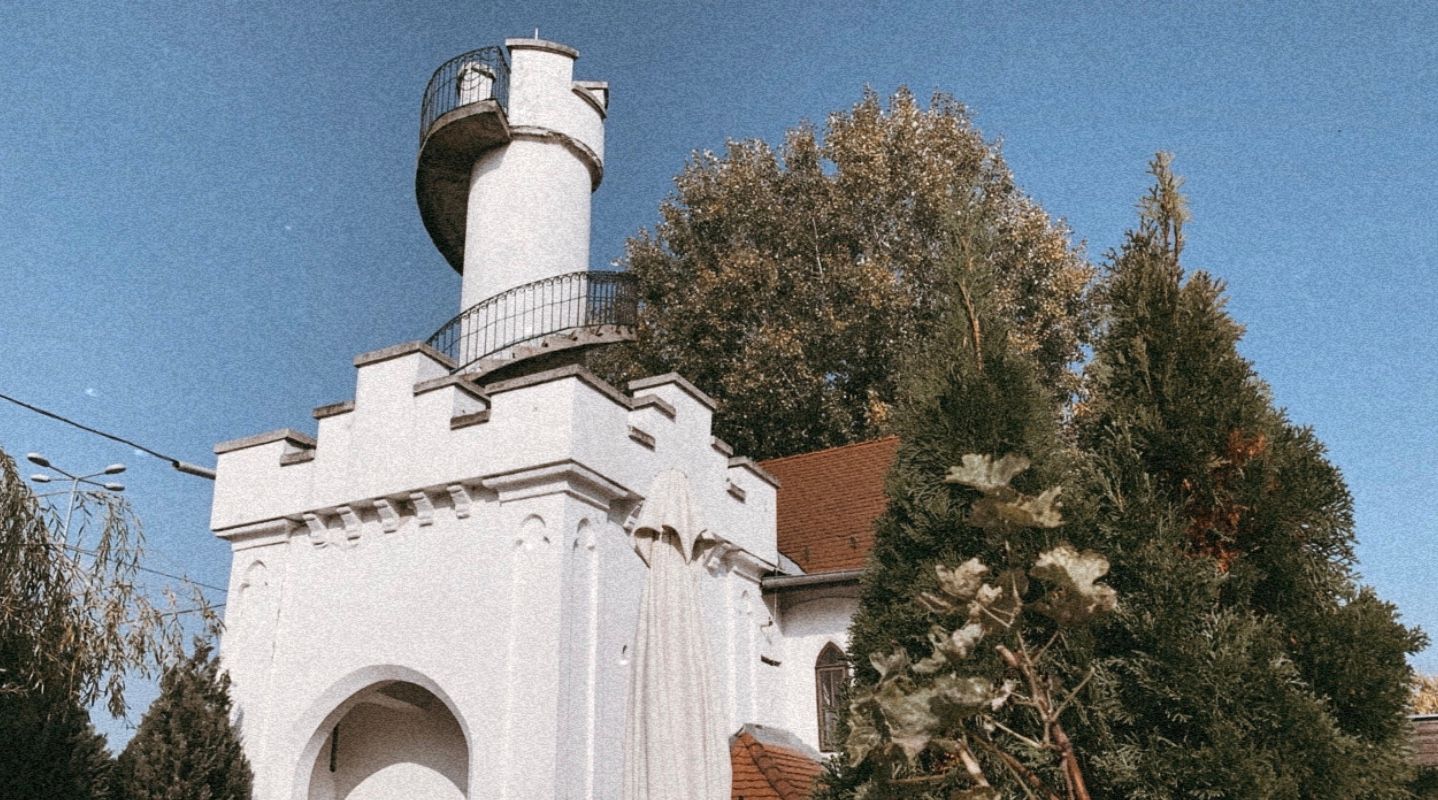
5. Mély-tó (Deep Lake)
We only recently learnt that next to the housing estate of Újhegy there is a lake that is the spitting image of Feneketlen-tó located in Buda. The blocks of houses rising to the sky around the water may even make us think of Central Park in New York – but let’s not go there. Today’s lake of 8-12 meters depth was formed in one of the quarries of the Guttman family’s brick factory, when after doing open-cast mining, the lower areas were suddenly flooded by groundwater. Almost 40 thousand people participated in the landscaping process of the area at the end of the seventies. Since then, the lake has become a popular spot of local fisherman, but it is also a perfect for those looking for a nice walk in the area.
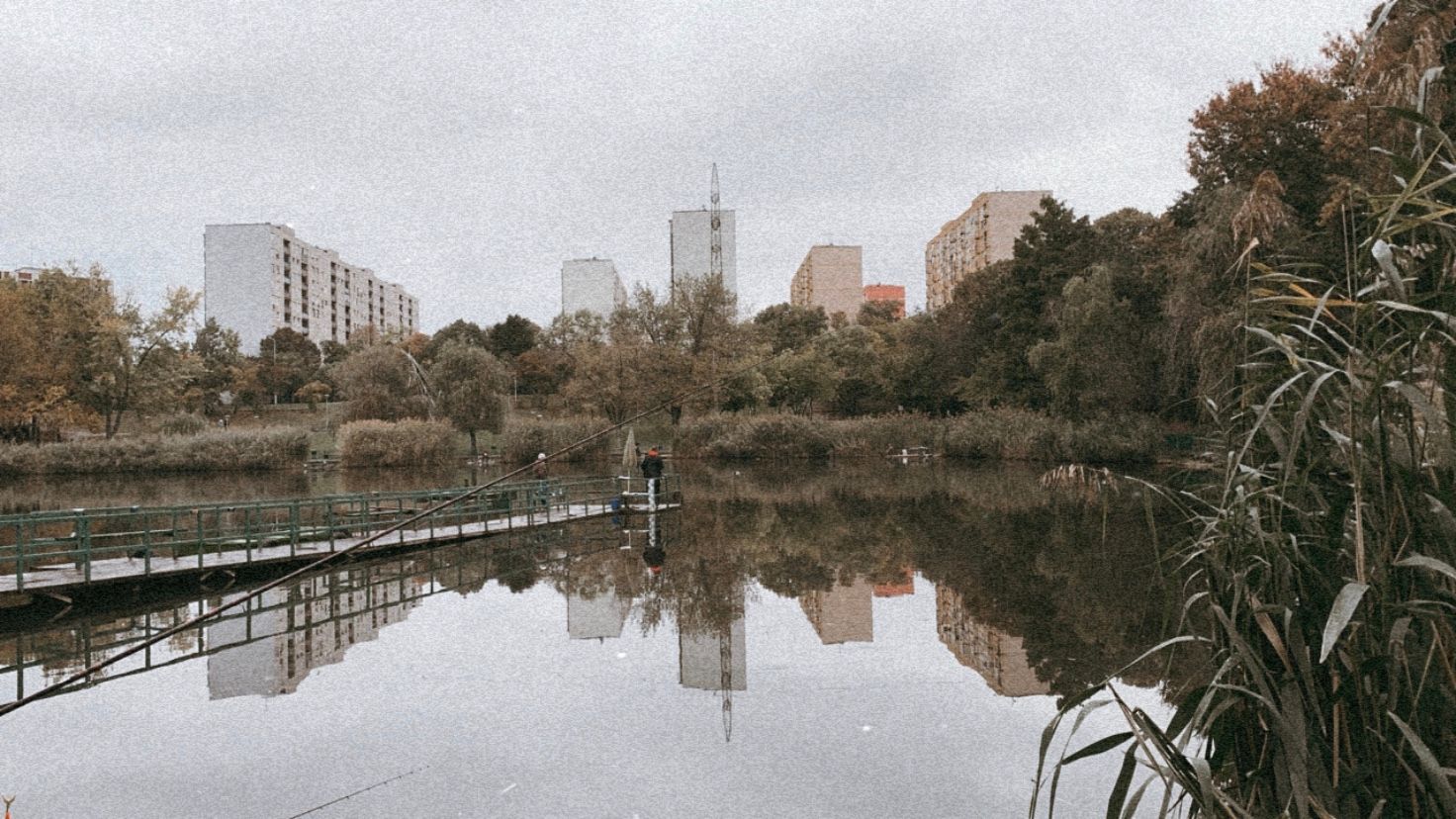
Illustrator and animator Róbert Farkas aka Astronaut, the author of the Clever Fox’s Tales children book series was raised in Kőbánya, and moved back to the district five years ago with his family – this time, we asked him about how he is affected by this part of the city and how he lives his everyday life here.
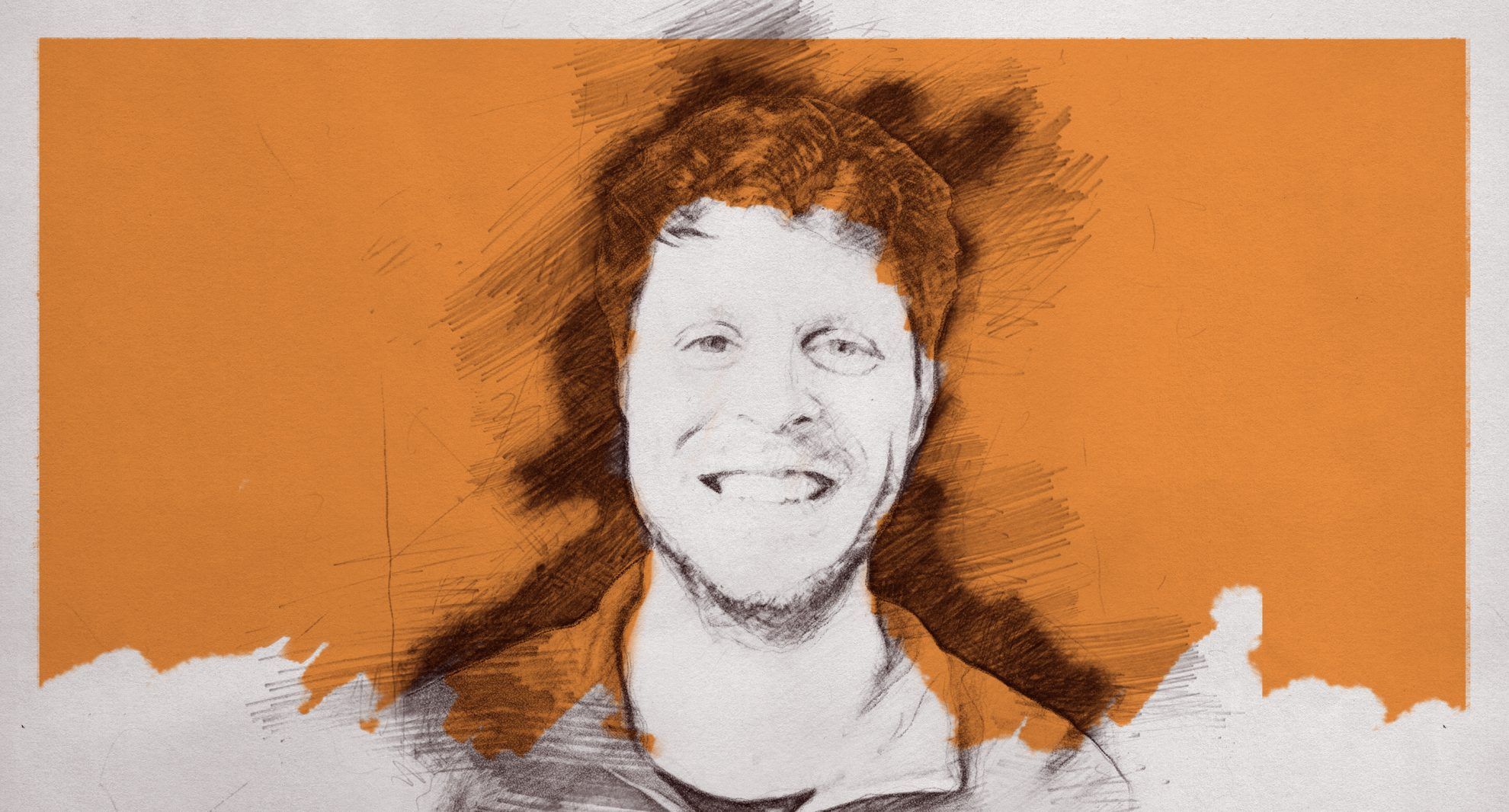
“My family originally lived in District VI, then my grandfather, director Tamás Fejér decided after the birth of his second child that it was time to move into a bigger apartment somewhere in the outer districts. This is how we ended up in Kőbánya, where both my mother and I grew up. Kőbánya has a rich past, they even delivered wine to the court of Louis XIV – the red and white dinka –, and as a matter of fact it looked very much like Tabán at the time. Unfortunately it lost this character when it was stuffed with 8-story buildings and was turned into a busy node during the Socialist era. However, the part where we live, Martinovics tér and its area, remained the same: if you walk around in our neighborhood, you may even think you got lost and ended up in Buda. The district has several large, renovated and nicely maintained parks, where one can run, skate or just walk amidst the pine trees. What’s truly surprising is that we always watch the fireworks from Óhegy park, because it lies so high that one can also see the Liberty Statue from here. I love it that there is less of a buzz here, but if I want to go into the city, I can be at Erzsébet tér in twenty minutes by car. On top, due to the altitude of Óhegy, it’s like this place has its own climate: here it many times snows even when people are only dreaming about it elsewhere.”
Photos: Lili Farkas-Zentai
Illustration: Róbert Farkas

„We listen to, criticize and inspire each other” | Kreativ Werk
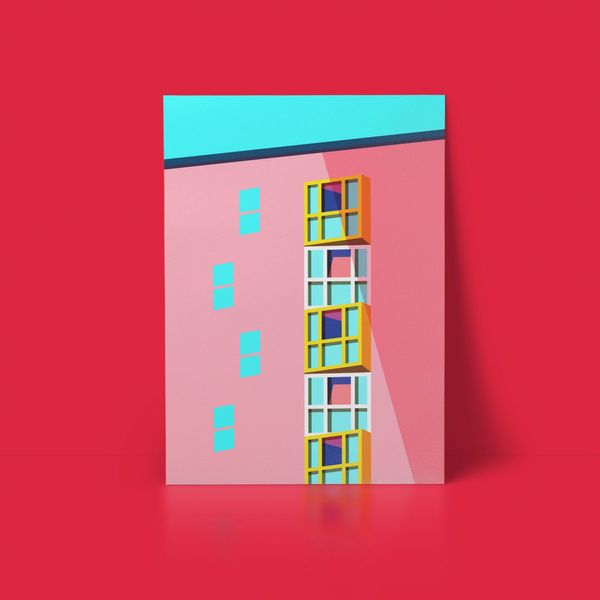
Brutalist London through the eyes of an illustrator | MAMIMU










